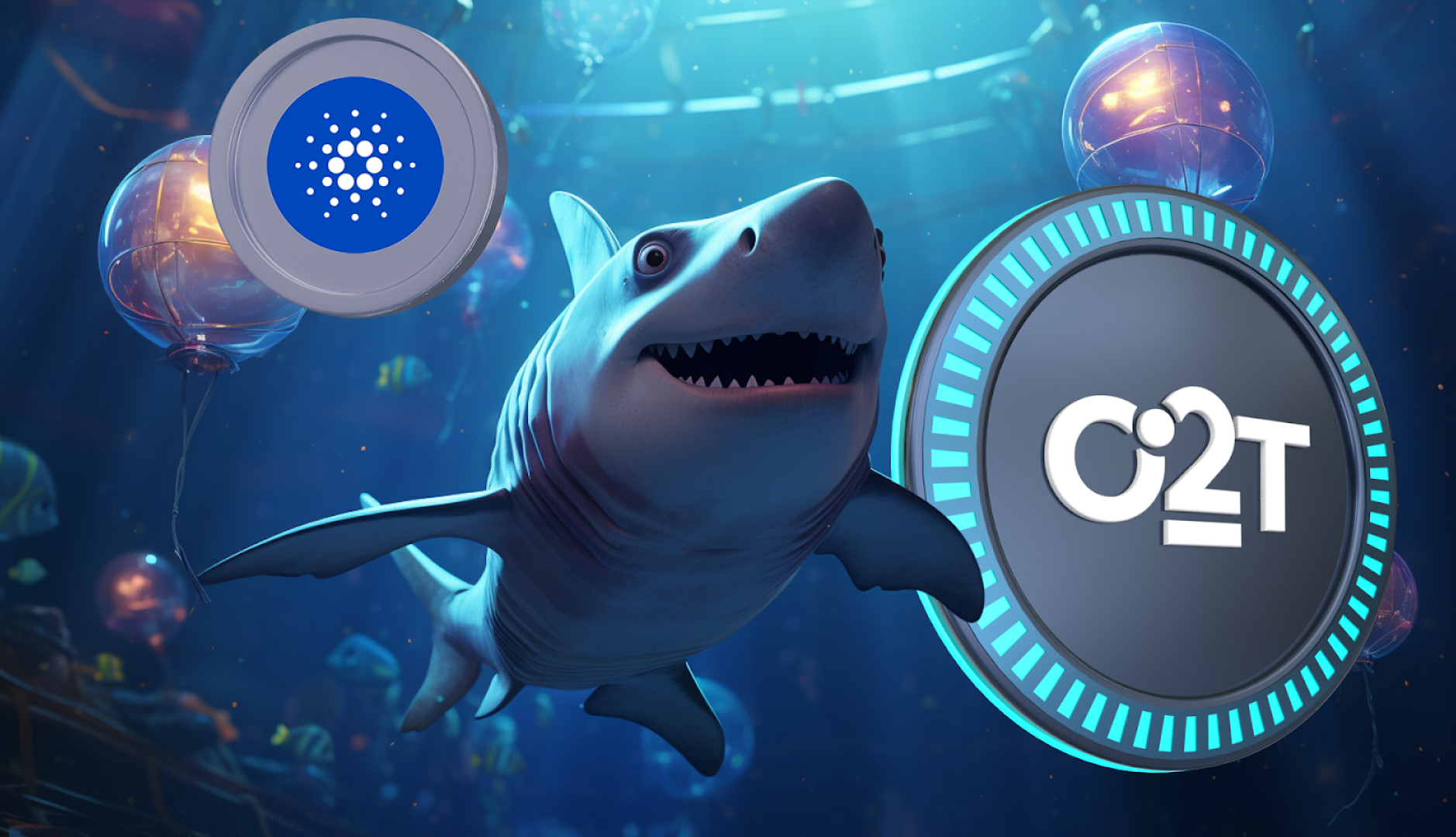NFTs in Fashion: Unlocking the Future of Wearables
NFTs in Fashion revolutionizing the digital assets space
NFTs, or Non-Fungible Tokens, have indeed made a significant impact on the digital assets space since their emergence. NFTs represent a unique form of digital ownership, allowing individuals to buy, sell, and trade one-of-a-kind digital assets using blockchain technology. Here are a few key ways in which NFTs have revolutionized the digital assets space:
- Unique Ownership: NFT provide a means to prove ownership and authenticity of digital assets. Unlike traditional digital files that can be easily copied or shared, NFTs are based on blockchain technology, which ensures a decentralized and tamper-proof record of ownership. This uniqueness has opened up new possibilities for artists, creators, and collectors.
- Digital Art and Collectibles: NFT have gained significant attention in the world of digital art and collectibles. Artists can create and sell unique digital artworks, enabling them to monetize their creations directly without intermediaries. NFTs have also created new opportunities for collectors, who can now own and trade digital assets with provable scarcity and authenticity.
- Tokenization of Real-World Assets: NFT have extended beyond the digital realm and are being used to tokenize real-world assets such as real estate, music rights, virtual real estate, and more. This allows for increased liquidity, fractional ownership, and easier transferability of traditionally illiquid assets.
- Royalties and Secondary Market Sales: NFT provide a mechanism for artists and creators to earn ongoing royalties on their digital assets. Through smart contracts, creators can program their NFTs to receive a percentage of each subsequent sale, ensuring that they continue to benefit from the increasing value of their work in the secondary market.
- Gaming and Virtual Worlds: NFT have found significant application in the gaming industry and virtual worlds. Players can own and trade in-game items, virtual land, and even characters, giving them true ownership and the ability to monetize their investments. NFTs enable interoperability between different games and platforms, allowing assets to be easily transferred and used in various virtual environments.
While NFTs have brought about exciting possibilities, it’s important to note that the market is still evolving, and there are considerations regarding environmental impact, scalability, and market volatility that need to be addressed. Nonetheless, NFT have undeniably sparked a revolution in the digital assets space, providing new opportunities for creators, collectors, and investors alike.
Benefits of NFTs in the fashion industry
NFTs have the potential to bring several benefits to the fashion industry. Here are a few ways in which NFTs can make a positive impact:
- Authenticity and Counterfeit Prevention: NFTs can be used to verify the authenticity of fashion items. By tokenizing fashion products, brands can create a unique digital identifier for each item, ensuring that customers can easily determine if a product is genuine or counterfeit. This helps protect the brand’s reputation and provides consumers with greater confidence in their purchases.
- Limited Editions and Exclusivity: Fashion brands can leverage NFTs to create limited editions or exclusive collections. By tokenizing these items, brands can offer a verifiable and scarce digital asset that represents ownership of a unique physical product. This concept of scarcity and exclusivity can increase the perceived value of the fashion items and attract collectors and fashion enthusiasts.
- Traceability and Supply Chain Transparency: NFTs can be used to track and trace the entire lifecycle of a fashion item, from production to point of sale. By storing relevant information on the blockchain, such as materials used, manufacturing processes, and certifications, brands can provide transparency about the sustainability and ethical practices behind their products. This transparency can enhance trust and accountability within the fashion industry.
- Ownership and Resale Opportunities: NFTs enable fashion items to be owned and traded digitally. This opens up new possibilities for consumers to buy, sell, or trade fashion items in the secondary market, much like collectibles or artwork. NFTs can be programmed with smart contracts that allow the original creators or brands to receive a percentage of each subsequent sale, providing ongoing royalties and incentives.
- Brand Engagement and Fan Communities: NFTs can foster stronger connections between fashion brands and their customers. Brands can create interactive experiences, rewards, or perks exclusively for NFT holders. This can incentivize brand loyalty, foster a sense of community, and deepen customer engagement. NFTs can also enable brands to collaborate with artists, designers, or influencers, creating unique digital fashion experiences and collaborations.
How are fashion NFTs used in augmented reality settings
Fashion NFTs can be integrated into augmented reality (AR) settings in several ways, enhancing the digital fashion experience. Here are some examples:
- Virtual Try-On: AR technology can enable users to virtually try on fashion items represented by NFTs. By utilizing a smartphone or AR-enabled device, individuals can overlay digital representations of clothing, accessories, or even entire outfits onto their bodies in real-time. This allows users to visualize how the fashion items would look and fit on them before making a purchase.
- Virtual Fashion Shows: Fashion brands can organize virtual fashion shows or presentations in AR environments. NFTs can be used to represent the showcased garments, allowing viewers to experience the designs in a dynamic and immersive way. Users can see the clothes in motion, interact with the virtual models, and explore different angles and details.
- Digital Wardrobes: AR platforms or applications can integrate with users’ digital wardrobes, which consist of their owned fashion NFTs. Users can create personalized avatars or digital representations of themselves and dress them in the virtual garments they own. This allows for self-expression and experimentation with fashion styles and trends without physical limitations.
- Interactive Fashion Campaigns: Brands can launch interactive AR campaigns in which users engage with their fashion NFTs. For example, users might scan a specific NFT or QR code to unlock special AR content, such as behind-the-scenes footage, designer interviews, or additional digital fashion accessories that can be layered onto their AR environment.
- Social Sharing and Community Building: AR can facilitate social interactions around fashion NFTs. Users can capture and share AR photos or videos of themselves wearing or interacting with virtual fashion items on social media platforms. This can spark conversations, inspire others, and foster a community of fashion enthusiasts who appreciate and engage with digital fashion experiences.
NFTs-powered digital fashion in the metaverse
NFTs-powered digital fashion has gained significant traction in the context of the metaverse, which refers to virtual worlds or immersive online environments. Here’s how NFTs are transforming digital fashion in the metaverse:
- Unique and Collectible Fashion: NFTs allow for the creation of unique and collectible digital fashion items. Designers and artists can create limited-edition virtual garments, accessories, and cosmetics that can be owned, traded, and displayed within the metaverse. These digital fashion items can be designed with intricate details, customization options, and rarity, making them highly sought after by collectors and fashion enthusiasts.
- Avatar Customization: NFT-powered digital fashion enables users to personalize their avatars within the metaverse. Users can own and wear digital clothing and accessories represented by NFTs, allowing them to express their style and identity. Avatars can be dressed in a wide range of virtual fashion items, allowing for endless creativity and self-expression.
- Virtual Fashion Marketplaces: NFT marketplaces within the metaverse serve as hubs for buying, selling, and trading digital fashion items. Users can browse through a diverse collection of NFT fashion assets, interact with 3D representations of the items, and complete transactions using cryptocurrency. These marketplaces create a dynamic ecosystem where designers, collectors, and users can engage with digital fashion.
- Brand Collaborations and Digital Fashion Drops: Fashion brands can collaborate with metaverse platforms and NFT artists/designers to launch digital fashion drops. These limited-edition releases can include virtual versions of real-world fashion collections or exclusive digital creations. Such collaborations generate excitement, drive user engagement, and offer unique opportunities for brand exposure within the metaverse.
- Virtual Fashion Shows and Events: NFT-powered digital fashion has expanded the possibilities for virtual fashion shows and events in the metaverse. Fashion brands can create immersive and interactive experiences, where avatars can attend and participate in virtual fashion shows, exhibitions, or runway presentations. Users can witness the latest digital fashion creations in real-time and even interact with them.
- Digital Fashion Ownership and Interoperability: NFTs ensure ownership and provenance of digital fashion items in the metaverse. Users can have a verified record of owning a particular virtual garment, which can be transferred across different metaverse platforms or even integrated into various virtual experiences or games. Interoperability allows users to leverage their fashion NFTs in multiple metaverse environments, enhancing their digital fashion presence.
How are phygital NFTs used by fashion companies
Phygital NFTs, a combination of physical and digital assets, have started to gain attention in the fashion industry. Here are some ways fashion companies are utilizing phygital NFTs:
- Limited Edition Collectibles: Fashion brands can create limited edition physical products, such as clothing items, sneakers, or accessories, and pair them with a corresponding digital NFT. The NFT serves as a certificate of authenticity and ownership, and it can unlock exclusive digital content, experiences, or benefits for the owner. This fusion of physical and digital assets enhances the collectibility and value of the fashion item.
- Virtual Fashion Items: Fashion companies can design and release virtual fashion items as NFTs. These digital garments or accessories can be worn by avatars in virtual environments, virtual reality experiences, or metaverse platforms. Users can purchase and own these virtual fashion NFTs, allowing them to express their style and stand out in the digital realm.
- Access to Events and Experiences: Phygital NFTs can grant access to exclusive fashion events, shows, or experiences. For example, a fashion brand might release NFT tickets to a runway show, granting holders the opportunity to attend the event physically while also receiving digital benefits, such as backstage footage, meet-and-greets, or virtual experiences tied to the show.
- Enhanced Brand Engagement: Fashion companies can use phygital NFTs to deepen their connection with customers. By offering NFTs that blend physical and digital elements, brands can create interactive experiences or gamification opportunities. This can include scavenger hunts, augmented reality activations, or challenges where users can win physical products and exclusive digital rewards.
- Gamified Fashion Experiences: Fashion brands can collaborate with gaming platforms or create their own gamified experiences using phygital NFTs. Users can engage in virtual fashion challenges, earn or purchase NFTs representing virtual fashion items, and use them within the game or metaverse environment. This allows for interactive brand integration, product placements, and increased brand exposure.
- Royalties and Resale Opportunities: Phygital NFTs can be programmed with smart contracts that enable creators, designers, or brands to earn ongoing royalties from secondary sales. This means that even if a physical fashion item is resold, the brand or designer can receive a percentage of the transaction. This provides an incentive for collectors and investors, as well as a new revenue stream for fashion companies.
Phygital NFTs offer fashion companies the opportunity to bridge the gap between the physical and digital worlds, creating unique and engaging experiences for consumers. By leveraging the benefits of both realms, fashion brands can tap into new markets, enhance brand loyalty, and drive innovation in the industry.
The future of NFTs in fashion
The future of NFTs in fashion holds exciting possibilities and potential transformations for the industry. Here are some potential developments we may see:
- Customization and Personalization: NFTs can enable personalized fashion experiences, allowing consumers to customize and personalize their clothing, accessories, and virtual avatars. Users could have the ability to mix and match different NFT fashion items, create unique combinations, and tailor their digital wardrobe according to their preferences and style.
- Virtual Fashion Marketplaces: As the metaverse and virtual worlds continue to evolve, we may see the emergence of dedicated virtual fashion marketplaces. These platforms would enable users to buy, sell, and trade NFT fashion items within immersive and interactive virtual environments. Users can explore a wide range of virtual fashion options, interact with digital representations, and engage in social interactions centered around fashion.
- Blockchain-Based Supply Chains: NFTs can enhance transparency and traceability within fashion supply chains. Blockchain technology can be leveraged to create immutable records of every step in the supply chain, from sourcing materials to production and distribution. NFTs could be used to verify authenticity, ethical sourcing, sustainability practices, and fair labor conditions, providing consumers with greater confidence and trust in the fashion industry.
- Digital Fashion Collaborations: Fashion brands and designers may collaborate with digital artists, virtual influencers, and gaming studios to create unique and exclusive NFT fashion collections. These collaborations could result in innovative and boundary-pushing designs that exist purely in the digital realm. These digital fashion collaborations would blend art, technology, and fashion, catering to a growing audience interested in virtual experiences.
- Virtual Fashion Shows and Runways: NFTs could transform the way fashion shows and runways are presented. Virtual fashion shows could become immersive experiences within the metaverse, allowing attendees to witness the latest designs in real-time and interact with the digital fashion items. NFTs can serve as digital invitations, granting access to virtual events, and offering exclusive content and perks to attendees.
- Integration of AI and AR: The integration of artificial intelligence (AI) and augmented reality (AR) technologies with NFTs can create hyper-realistic and interactive digital fashion experiences. AI algorithms could analyze users’ preferences and create personalized recommendations for NFT fashion items. AR technology could enable users to try on virtual fashion items in real-time, enhancing the online shopping experience and bridging the gap between physical and digital fashion.
Conclusion
DISCLAIMER: The Information on this website is provided as general market commentary and does not constitute investment advice. We encourage you to do your own research before investing.
Join us to keep track of news: https://linktr.ee/coincu
Annie
Coincu News
























